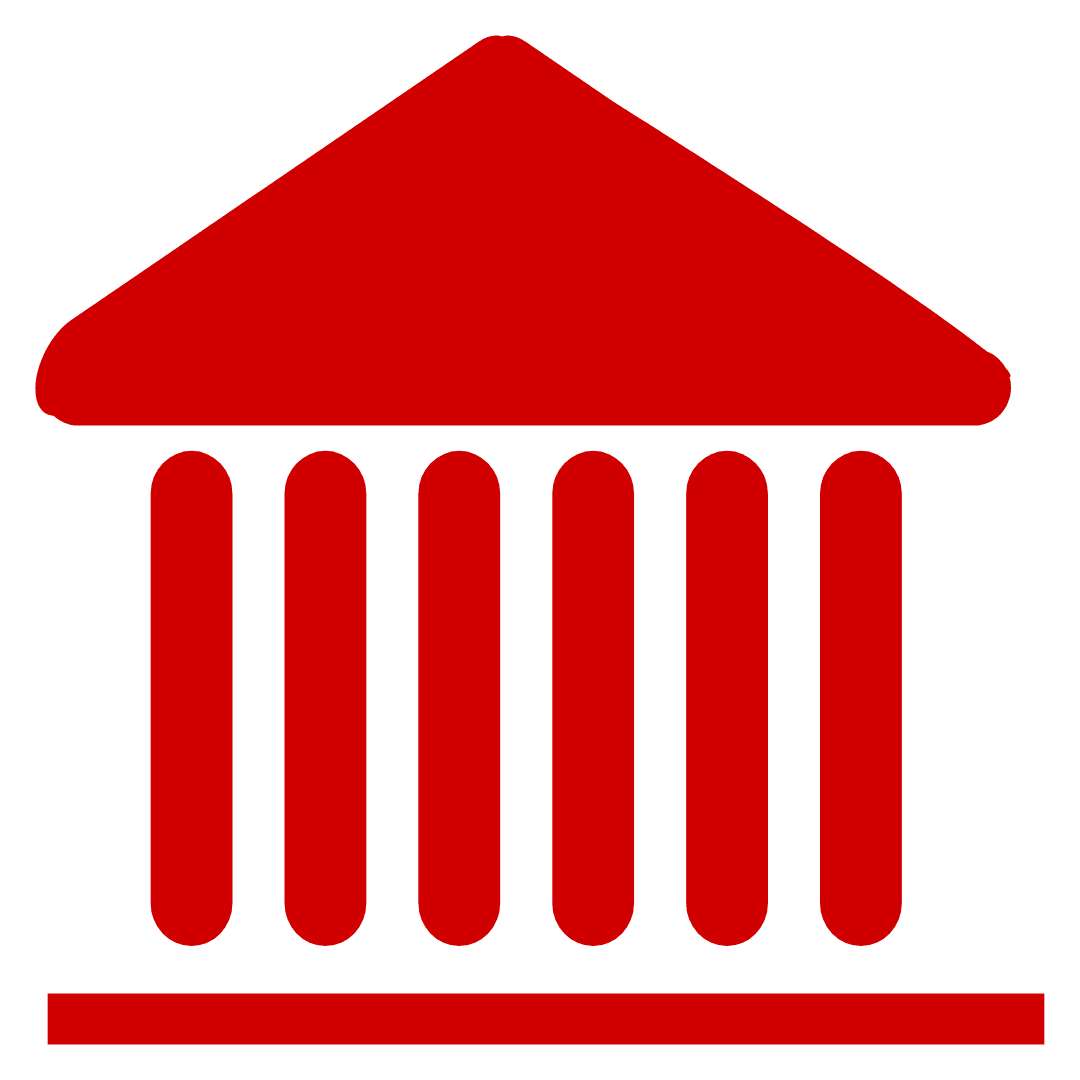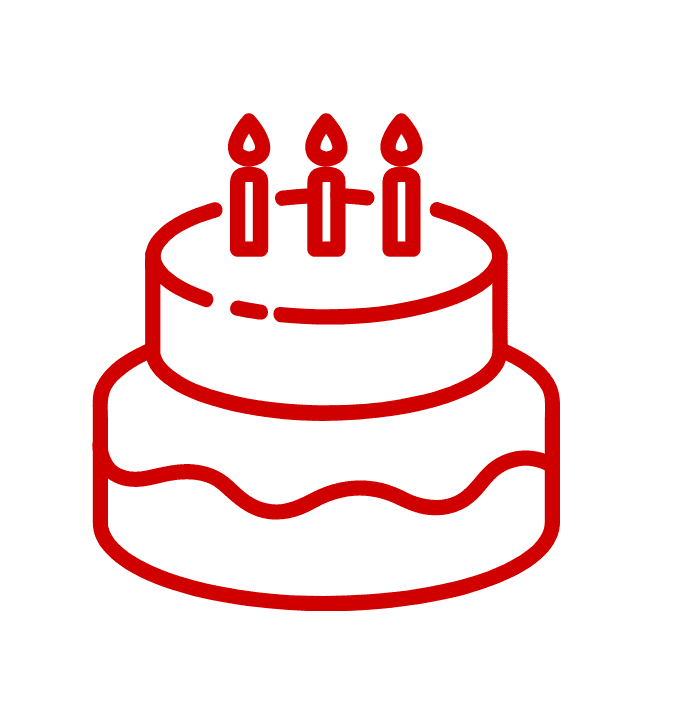
Nebraska County Fossils
Douglas
< Vertebrate Paleontology Home
A virtual journey through the Museum's vertebrate paleontology collection.
Cervus elephas, Elk
Family: Cervidae
Geologic age: Pleistocene, about 10 thousand years old
Year fossil collected: 2003


Elk, widespread during the Pleistocene, survived in Nebraska until historic times. One of the largest members of the deer family, Elk continue to fascinate visitors to Yellowstone National Park where they still flourish. Closer to home, this elk (left) also seems to have captured the attention of the Museum's Zoology Collection Manager, Tom Labedz.
Bison antiquus, Ancient Bison
Family: Bovidae
Geologic age: Late Pleistocene, about 25 thousand years old
Year fossil collected: 1971
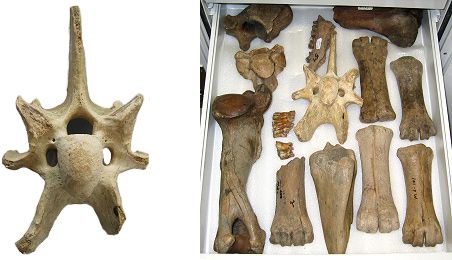
Bison antiquus was a large, robust bison that was widespread across America during the Pleistocene. It's horns were longer than modern bison's, but much shorter than those of Bison latifrons. The drawer on the left contains B. antiquus from various Elkhorn Valley localities, including this neck vertebra from Douglas County.
Mammuthus columbi, Columbian mammoth
Family: Elephantidae
Geologic age: Late Pleistocene, about 25 thousand years old
Year fossil collected: 1925
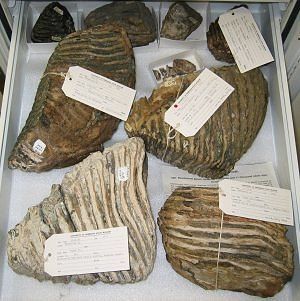

Douglas County's bedrock is comprised mostly of ancient marine shales and limestones. In these Paleozoic rocks, vertebrate fossils are rare, but the Pleistocene sediments above them produce a fair number of mammoth teeth and remains of other "Ice Age" animals. This drawer full of teeth (left) attests to the fact that Mammoths once roamed Omaha!
Geological Ages of Rock Formations
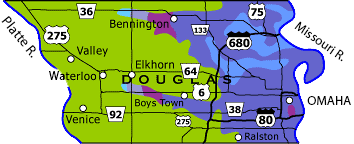
| Q | Pleistocene ("Ice Age") Sands, gravels, silts overlay much of the county (not shown) Pleistocene sands, gravels and silts overlay much of Nebraska and often conceal the bedrock beneath. These "Ice Age" deposits often produce the remains of mammoths, bison, horses, musk oxen, elk and other familiar mammals. Small fossils, especially, are important indicators of the climate at the time of deposition. |
| Kd | Cretaceous, Dakota Formation, 95-97 million years old The Lower Cretaceous Dakota Formation is exposed in several localities in eastern Nebraska especially along river courses that cut through younger sediments. These yellow, "rusty" sandstones mark the position of the edge of the Cretaceous mid-continental sea at the time of deposition. Few vertebrate fossils have been found in the Dakota Formation, but fossil leaves are common. |
| Ps | Pennsylvanian, Shawnee Group, 290-298 million years old Paleozoic rocks, mostly Pennsylvanian and Permian shales and limestones, are exposed in the eastern third of Nebraska, particularly in the southeast. These are mostly marine rocks and contain few vertebrate fossils. Occasional primitive shark teeth or bony fish skeletons are found in the shale units, but these are rare. Those interested in these early vertebrates or in the abundant invertebrate fossils found in these formations should consult the web pages of the Conservation and Survey Division for additional information. |
| Pd | Pennsylvanian, Douglas Group, 290-298 million years old |
| Pl | Pennsylvanian, Lansing Group, 298-302 million years old |
| Pkc | Pennsylvanian, Kansas City Group, 298-302 million years old |
| Pm | Pennsylvanian, Marmaton Group, 303-308 million years old |




